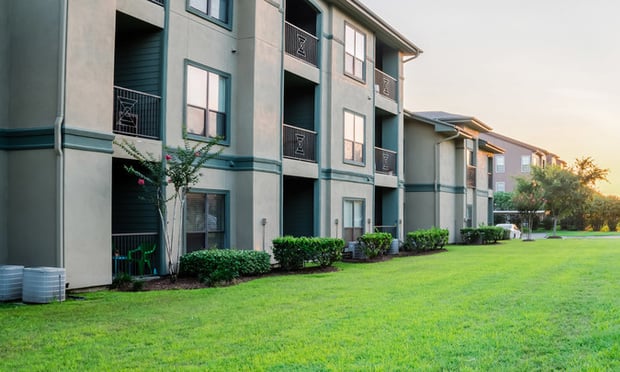IRVING, TX-While most student housing developers and owners are focused on large universities with significant residential populations, they might be missing out on additional opportunities offered by colleges that traditionally cater to commuter students.
Opportunities in this emerging market were discussed during the 4th Annual RealShare Student Housing conference here at the Four Seasons Resort & Club. More than 400 professionals attended the student housing event, which was produced by ALM-Real Estate Media Group.
As part of the panel titled “New Student Housing at Traditional Commuter Campuses” two university real estate executives shared their efforts to either increase or create student housing on traditional commuter campuses. Moderated by Eric Luskin, principal of The Scion Group, the panelists included: Cynthia Arbour, campus planner at Washington State University; Joaquin Matias, executive director of real estate and economic developer for Rutgers University-Newark; and Trinidad Rodriguez, first vice president – Denver for George K. Baum & Co.
Both Arbour and Matias indicated their universities had identified significant demand for student housing. At Rutgers’ Newark, NJ, campus, for example, the school hopes to add 700 beds, while Washington State has calculated demand for nearly 700 beds spread across three campuses.
Despite the demand, both schools are struggling to formulate and execute student housing strategies. Moreover, they face significant challenges in transforming their campuses into places where students had more housing options, the panel noted.
While cost is obviously one of the larger challenges – as well as the impact that financing these projects might have on the school’s credit and bond ratings – determining the best way to create the student housing is a major consideration.
At Rutger’s Newark campus, for example, the school has issued RFPs for the renovation of an existing building into student housing and the development of an entirely new property. Matias said the university is doing its best to make the shift to a “residential positive campus” in an effort to increase enrollment.
The challenges for Washington State University’s three branch campuses are unique to the individual markets, according to Arbour. As a result, the university is considering a variety of solutions including rehabbing an existing, underperforming hotel into student housing units, as well as master leasing an existing conventional apartment property.
“This is a big decision,” Arbour said, explaining that there are concerns that adding student housing will change the personality of the campuses. “Housing is more than just a place to live – it’s the face of the university.”
Want to continue reading?
Become a Free ALM Digital Reader.
Once you are an ALM Digital Member, you’ll receive:
- Breaking commercial real estate news and analysis, on-site and via our newsletters and custom alerts
- Educational webcasts, white papers, and ebooks from industry thought leaders
- Critical coverage of the property casualty insurance and financial advisory markets on our other ALM sites, PropertyCasualty360 and ThinkAdvisor
Already have an account? Sign In Now
*May exclude premium content© 2025 ALM Global, LLC, All Rights Reserved. Request academic re-use from www.copyright.com. All other uses, submit a request to [email protected]. For more information visit Asset & Logo Licensing.








